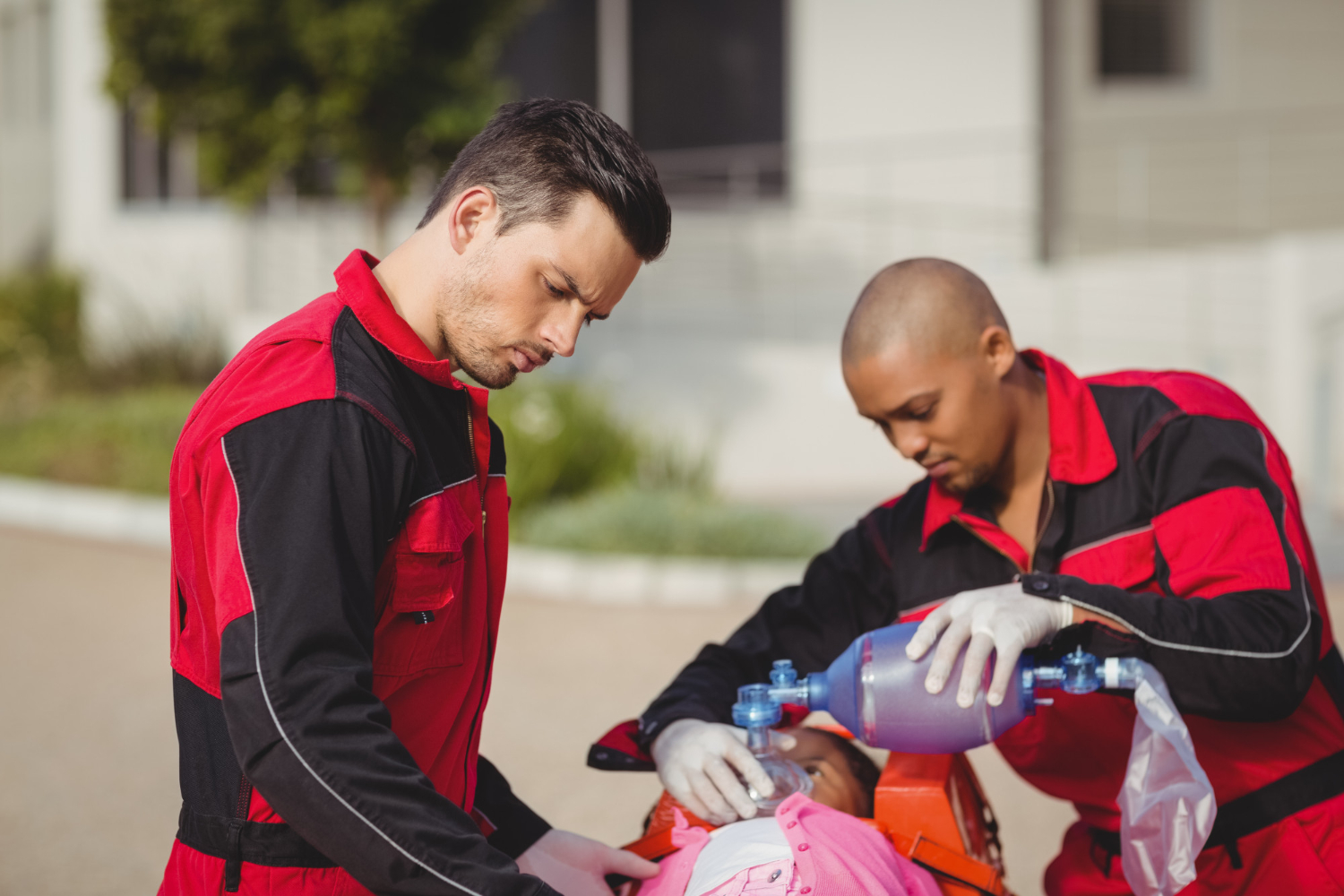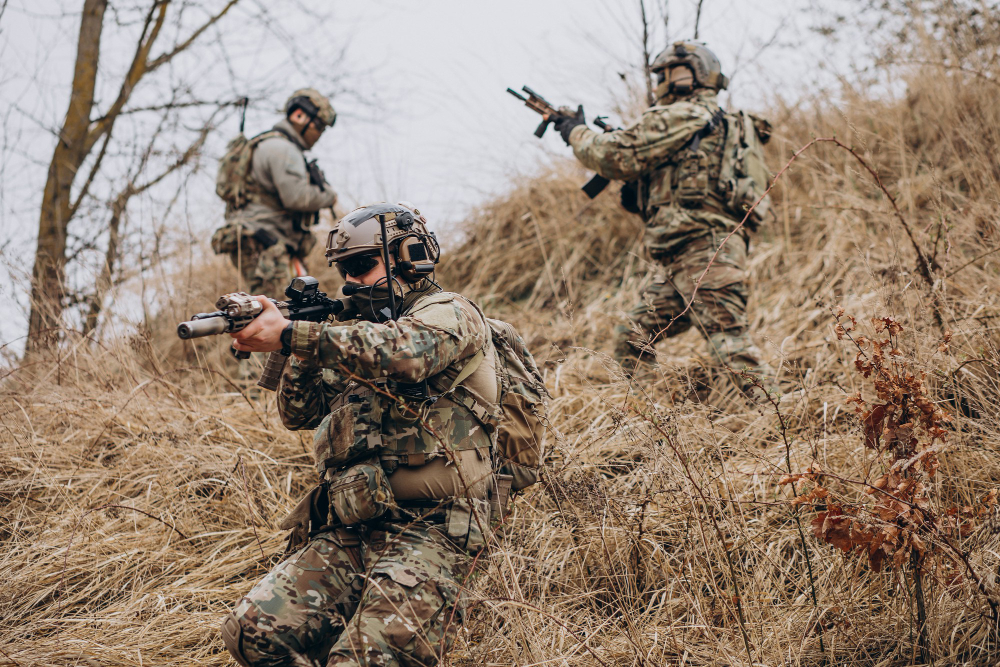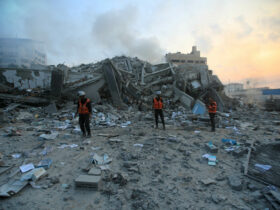In times of emergencies, being prepared can mean the difference between life & death. That’s where tactical first aid comes into play, providing vital techniques for saving lives in critical situations. From assessing injuries to controlling bleeding, managing airways, and performing CPR, tactical first aid goes beyond traditional first aid by focusing on high-risk scenarios.
Through this blog post, you will explore the essential techniques that can make a difference in emergencies. By understanding tactical first aid, learning improvisation, honing communication skills, and maintaining mental & emotional preparedness, we can empower ourselves to be effective first responders and potentially save lives when it matters most.

Tactical first aid goes beyond the scope of traditional first aid by specifically addressing the unique challenges of high-risk situations. It involves the rapid assessment & management of life-threatening injuries, such as severe bleeding, compromised airways, and cardiac emergencies.
Unlike regular first aid, tactical first aid emphasizes the importance of personal safety and quick decision-making. By recognizing the critical nature of injuries and prioritizing patients based on their severity, tactical first aid practitioners can provide immediate & targeted care to maximize the chances of survival.

Understanding tactical first aid is crucial for anyone & everyone who may find themselves in emergencies where every second is important.
Basic Life-Saving Techniques
Basic life-saving forms the foundation of tactical first aid and is crucial for preserving life in emergencies. These techniques encompass a wide range of essential skills & interventions aimed at stabilizing & sustaining individuals until professional medical help arrives. Here are some key components of basic life-saving techniques:
- Assessing the Situation: Before taking any action, it is important to assess the situation for potential hazards and ensure personal safety.
- Bleeding Wound & Wound Management: Promptly controlling severe bleeding is essential to prevent life-threatening blood loss. Proper wound management, including cleaning & dressing wounds, helps reduce the risk of infection.
- Airway Management & Respiratory Support: Clearing & maintaining a patent airway is crucial for ensuring oxygenation. Techniques like head-tilt, chin-tilt, or jaw-thrust maneuvers can aid in establishing an open airway. Rescue breaths & ventilation techniques like mouth-to-mouth or bag-valve-mask ventilation provide oxygen to the patient.
- Cardiopulmonary Resuscitation (CPR): CPR is a critical life-saving technique that is used to maintain blood flow and oxygenation in situations like cardiac arrest. The method involves chest compression to circulate blood and rescue breaths to provide oxygen. Proper CPR training is essential to ensure effective chest compressions & ventilation ratios.

By mastering these basic life-saving techniques, individuals can make a significant impact on the outcomes of emergencies. However, it is important to note that proper training & certification in first aid & CPR are highly recommended to ensure the application of these techniques in a safe & effective manner.
Improvisation & Resourcefulness
In emergencies, improvisation & resourcefulness become invaluable skills for tactical first-aid providers. Often faced with limited resources & unpredictable circumstances, the ability to think creatively and adapt quickly can make a significant difference in saving lives. Here’s how improvisation & resourcefulness play a crucial role:
- Utilizing Available Materials: In high-stress situations where specialized medical equipment may be scarce, improvisation comes into play. First aid providers must learn to utilize readily available materials as substitutes or makeshift solutions.
- MacGyvering Medical Devices: Resourcefulness involves making the most out of what is on hand. In emergencies, everyday objects can be repurposed as medical devices. For instance, a pen can serve as an improvised airway adjunct. Being able to assess the situation and find innovative solutions with limited resources is the key.
- Making Quick Decisions: Improvisation & resourcefulness require the ability to make swift decisions based on the available information & resources. This skill involves critical thinking, problem-solving, and a willingness to take calculated risks. Time is often of the essence in emergencies, and the ability to think on your feet can save lives.

While improvisation & resourcefulness are valuable skills, it’s essential to remember that they should be used within the boundaries of your training & expertise. Proper knowledge, ongoing education, and adherence to established protocols remain fundamental for providing effective tactical first aid.
Communication & Coordination
Effective communication & coordination are vital components of tactical first aid in emergencies. In high-stress situations, clear & concise communication among team members & responders is crucial for optimizing patient care & ensuring a smooth & organized response. Here’s why communication and coordination are essential:
- Clear Communication: During emergencies, effective communication helps replay critical information, such as the nature of injuries & patient’s condition. Clear & concise communication ensures that everyone involved understands the situation and can work together cohesively. Using simple terminology, and avoiding jargon facilitates better comprehension & minimizes misunderstandings.
- Teamwork & Collaboration: Tactical first aid often involves multiple responders, such as paramedics, police, and fire personnel. Effective coordination & teamwork ensure that everyone works toward a common goal and understands their roles & responsibilities. This collaboration enhances efficiency and prevents supplication of efforts, leading to better outcomes for patients.
- Standardized Protocols: Establishing standardized protocols & guidelines for communication & coordination is essential. This ensures that responders from different agencies or organizations can seamlessly integrate & work together, even if they have not previously trained together. Standardized protocols provide a framework for efficient decision-making & actions, promoting a coordinated response.

By prioritizing clear communication, fostering teamwork, and adhering to standardized protocols, responders can effectively coordinate their efforts and provide optimal care in emergencies. Regular training, practice scenarios, and debriefing sessions can further improve communication & coordination skills among tactical first-aid providers.
Wrapping It Up
Tactical First Aid: Vital Techniques for saving lives in emergencies cover various aspects of tactical first aid, including understanding its scope, basic life-saving techniques, improvisation, resourcefulness, communication, and coordination. This blog post emphasizes the importance of being prepared and highlights the essential skills required to make a difference in critical situations. By mastering tactical first aid techniques, individuals can be




















